10 Renewable Energy Facts and Statistics in 2025
-
Pete Ortiz
- Last updated:
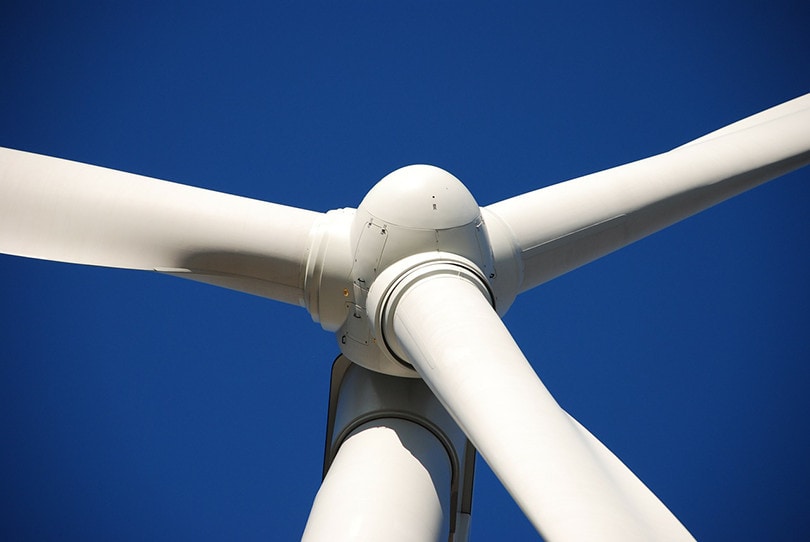
Note: This article’s statistics come from third-party sources and do not represent the opinions of this website.
It is a fact that we need to find alternative sources of energy. Fossil fuels have allowed us to do things we never dreamed possible; however, they have devastating effects on the environment.
Burning these fossil fuel sources releases pollutants into the atmosphere. It also wastes a lot of energy. Wind, sun, and water are renewable resources. It makes sense if we could harness these natural elements to generate electricity.
Renewable energy is crucial for our transition to a global clean energy system. After all, we need renewable energy to cut our dependency on fossil fuels.
Click below to jump ahead:
- The Number of People Using Renewable Energy
- The Leading Regions in the Production of Renewable Energy
- The Growth of Renewable Energy Industry
- The Cost of Renewable Energy
The 10 Renewable Energy Facts and Statistics
- 29% of the global population uses renewable energy.
- A 1.5-megawatt wind turbine can provide power to 415 households in the US if it operates at 33% capacity.
- Hydropower is the most widely-used renewable source of power. It accounts for more than 54% of renewable power generation capacity worldwide.
- Texas is the largest producer of renewable energy in the US. It produces most of its electricity from wind.
- Sweden is the leading country in the use of renewable energy globally. Norway and Denmark closely follow it.
- The largest hydropower producers by installed capacity are China, Brazil, The United States, Canada, and India.
- The fastest-growing renewable energy resource globally is solar generation. It has increased by 17%.
- The number of people employed directly and indirectly by the renewable energy sector globally every year is 11.5 million.
- The US invests $59 billion to develop renewable energy technologies every year.
- It would cost $73 trillion upfront for all countries globally to transition to 100% renewable energy by 2050.
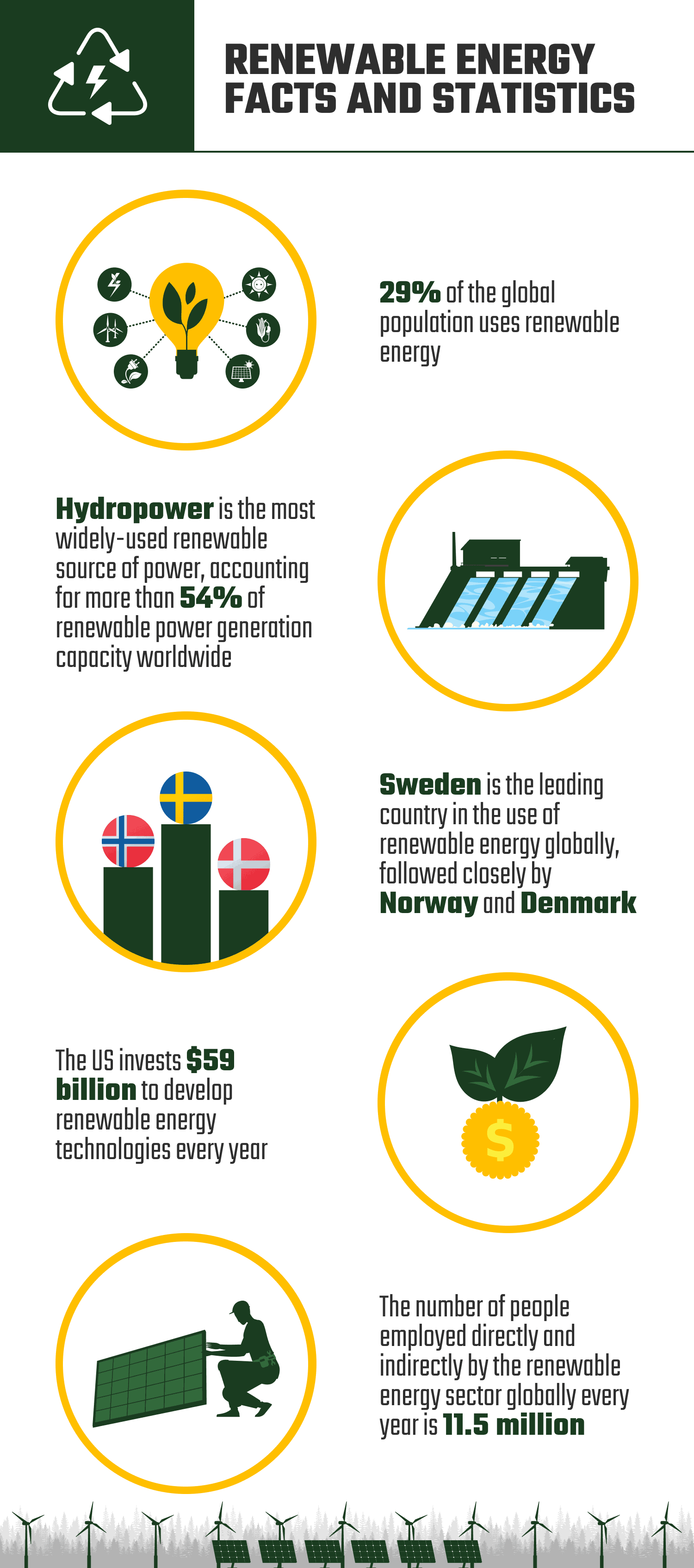
Number of People using Renewable Energy
1. 29% of the global population uses renewable energy.
(IEA)
Renewable energy is a broad term that refers to energy derived from natural resources. It includes solar, wind, hydroelectric, and geothermal sources. Taken together, these sources are used by nearly 30% of the world’s population.
Renewable energy sources are a growing segment of the global energy supply. They’re expected to continue growing for the foreseeable future.
The more people rely on renewable energy, the more it reduces traditional forms of electricity generation. So, if you want to save money and help clean up the planet at the same time, go green with renewable energy today!

2. A 1.5 megawatt wind turbine can provide power to 415 households in the US if it operates at 33% capacity.
(LISB NET)
If a 1.5 MW turbine operates at a third of its capacity, it can provide electricity to more than 400 households in the US. It’s a rough estimate which may not hold in regions with less wind. But it illustrates that wind energy is a viable and sustainable alternative to non-renewable sources such as natural gas and coal.
The capacity factor is the amount of energy a wind turbine will produce. It’s compared to its maximum production potential if it runs at full capacity all the time. Capacity factors vary depending on the location of the turbine, weather patterns, and maintenance schedules.
3. Hydropower is the most widely-used renewable source of power. It accounts for more than 54% of renewable power generation capacity worldwide.
(POWER TECHNOLOGY)
Hydropower is a low-cost way to generate electricity as it relies on natural resources. It accounts for more than half of the world’s renewable energy, making it the most used renewable energy source.
Turbines convert the energy of flowing water to mechanical energy. Then, it’s converted to electricity by a generator unit. The force of moving water rotates turbines which, in turn, generate electricity.
Hydropower can be used to generate power continually, as long as there is an adequate water supply and adequate flow within that supply.
The Leading Regions in Production of Renewable Energy
4. Texas is the largest producer of renewable energy in the US. It produces most of its electricity from wind.
(EIA)
In the US, Texas is leading in the production of renewable wind energy. Also, a large percentage of the electricity used in the US comes from Texas.
The rise of Texas as an energy powerhouse is due to the state’s unique grid that allows power to be transmitted across long distances. Texas also has vast land available for development. This makes it an ideal location for large utility-scale wind farms. Additionally, this state has more wind than anywhere else in the US.
The state has invested heavily in transmission lines to move electricity from where it’s produced to where it’s used.

5. Sweden is the leading country in renewable energy globally. Norway and Denmark closely follow it.
(WE FORUM)
The world leader in the use of renewable energy is Sweden. The country gets almost two-thirds of its electricity from hydropower and other renewable sources.
Sweden has an impressive commitment to renewable energy, and it’s no surprise given its long history of being progressive and forward-thinking. It concentrates on sustainability and environmental protection.
Besides, the country has also implemented an initiative that promotes carbon capture technology to halt emissions from its aging coal-fired plants.
6. The largest hydropower producers by installed capacity are China, Brazil, The United States, Canada, and India.
(WATER POWER MAGAZINE)
Hydropower is a highly efficient form of electricity generation. It can be harnessed to produce affordable clean energy for domestic use and export. China has the highest hydropower production globally. It’s followed closely by Brazil, the US, Canada, and India.
The power output is not dependent on weather conditions. Thus, it’s not intermittent like other renewable technologies, such as wind or solar power. Hydroelectric facilities also last for decades, making the long-term energy production costs predictable.
Production levels have increased significantly over the last few years. Dams are now being built in smaller and more isolated rivers and streams.
See Also: Renewable Energy in India Statistics: Percentage & Production Rates
The Growth of Renewable Energy Industry
7. The fastest-growing renewable energy resource globally is solar generation. It has increased by 17%.
(IEA)
Solar energy is clean, renewable, and more reliable than other sources. It has experienced massive growth recently. This growth does not come as a surprise as people look for more eco-friendly ways to provide electricity.
Also, the cost has decreased dramatically due to technological advances that make it more efficient and affordable than ever before.
Many countries are also pushing their solar initiatives in a bid to reduce their carbon footprint and reliance on fossil fuels.
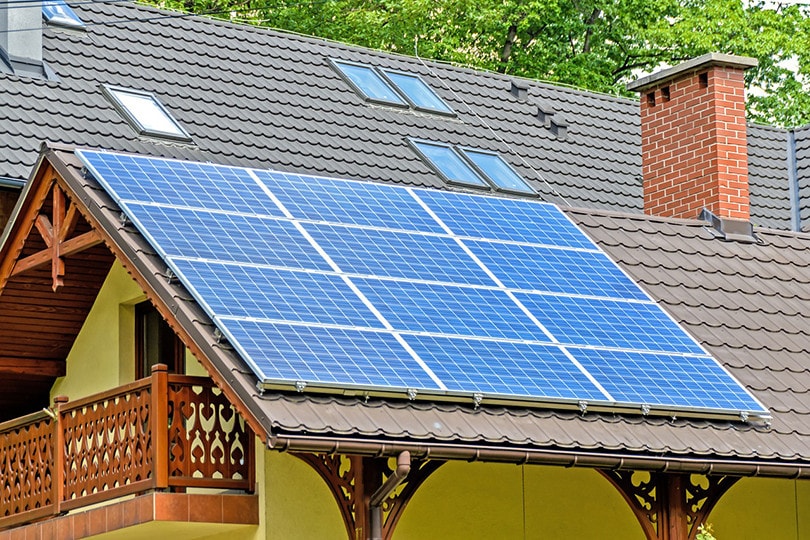
8. The number of people employed directly and indirectly in the renewable energy sector globally every year is 11.5 million.
(IRENA)
Renewable energy is becoming more affordable and accessible to a large number of people. Besides, millions of people get employed in this sector.
With the right investment in renewable energy, we can create jobs. Also, we can ensure sustainable development and bring energy access to those who don’t have it.
Tens of millions more jobs could be created through 2030 if action is taken now to accelerate the global transition to clean power.
The Cost of Renewable Energy
9. The US invests $59 billion to develop renewable energy technologies every year.
(STATISTA)
The US is very keen when it comes to innovations in the renewable energy sector. It’s one way that the federal government can help spur technological development. Besides, the US government spends nearly $60 billion annually on renewable energy.
The country’s usage of renewable energy sources has grown steadily over the past few decades. It has been the biggest driver in the change towards more sustainable power generation.
An investment in clean energy brings more than just economic benefits.

10. It would cost $73 trillion upfront for all countries globally to transition to 100% renewable energy by 2050.
(STANFORD WOODS)
Many people think that transitioning to 100% renewable energy is impossible. It may seem like an ambitious goal. Well, it is technically possible but not economically feasible. It would require an upfront investment of $73 trillion worldwide to replace all fossil fuel and nuclear power plants with renewable power.
But, as technology advances and becomes cheaper, we become more able to invest in renewable energy and do so sustainably.
Frequently Asked Questions on Renewable Energy
What makes renewable energy the most effective source of power?
Renewable energy does not emit greenhouse gas emissions, unlike other conventional power sources such as fossil fuels that emit gases like carbon dioxide. It makes renewable energy more eco-friendly than other sources of energy.
Renewable energy has many advantages. It’s clean and healthy for human beings as well as animals living on this planet. It does not contribute to global warming issues.
Additionally, it’s easy to generate electricity from renewable energy sources compared to other sources. Fossil fuels require large amounts of non-renewable resources such as coal, oil, and more, to produce electricity.
(EIA)
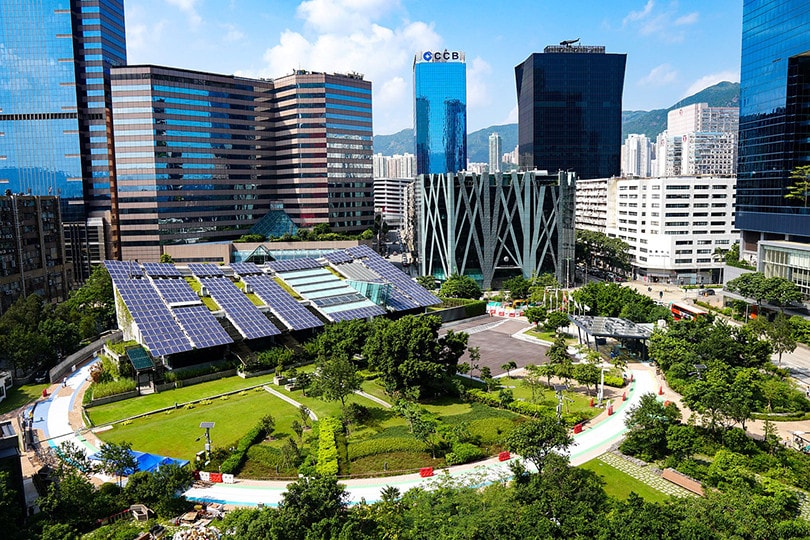
How does renewable energy save you money?
Renewable energy such as solar power reduces the carbon footprint of your home and saves you money on electricity bills. But this is not the only way in which it saves you cash. Some of the crucial benefits of renewable energy relate to saving you money on utility costs.
Tapping into renewable energy also avoids the costs of pollution control equipment by reducing the environmental impact of fossil fuel generation.
When you switch to renewable power, you’ll find that your utility bills go down. That’s because the major expense associated with renewable energy is the installation of solar panels or wind turbines on your property. Once they’re in place, they require little to no maintenance. Also, they provide free energy that’s as green as it gets.
(WRI)
What are the drawbacks of renewable energy?
The main drawback of renewable energy is that some sources can harm the environment. For instance, wind turbines can kill birds and bats accidentally when spinning.
Another disadvantage of renewable energy is that it cannot be produced throughout. For example, solar panels may not produce electricity when the sun is not shining. Likewise, if there is not sufficient wind to turn the turbines, again wind energy will not be produced. So, renewable sources are not always reliable.
Another challenge facing the renewable energy industry is creating new cost-effective technologies. Renewable energy sources such as solar and wind compete with fossil fuels in some regions of the world. But they still have a long way to go before they are scalable and affordable enough to be considered mainstream.
The initial cost of renewable energy sources is also high. Hydroelectricity plants can be quite expensive to build. Thousands of acres of land may have to be flooded to create a reservoir for the dam. The reservoir may also flood historical sites or wildlife habitats that can never be reclaimed.
(CONSERVE ENERGY FUTURE)
What is the most inexpensive form of renewable energy?
The cheapest form of renewable energy is hydropower because it does not require fuel. Instead, it relies on moving water to spin turbines. The turbines are connected by shafts with electric generators.
Also, the way hydropower plants are built makes this renewable energy form affordable. Unlike solar panels and wind turbines that need to be replaced every few years, hydropower dams last for decades.
Hydroelectric generating plants are more efficient at higher elevations. It means that many systems found in mountainous regions can operate more cost-effectively than those located on flat land.
Also, reservoirs can be built to store water for future use in the power generation process. It comes in handy when there isn’t enough water to generate electricity.
(INSPIRE CLEAN ENERGY)
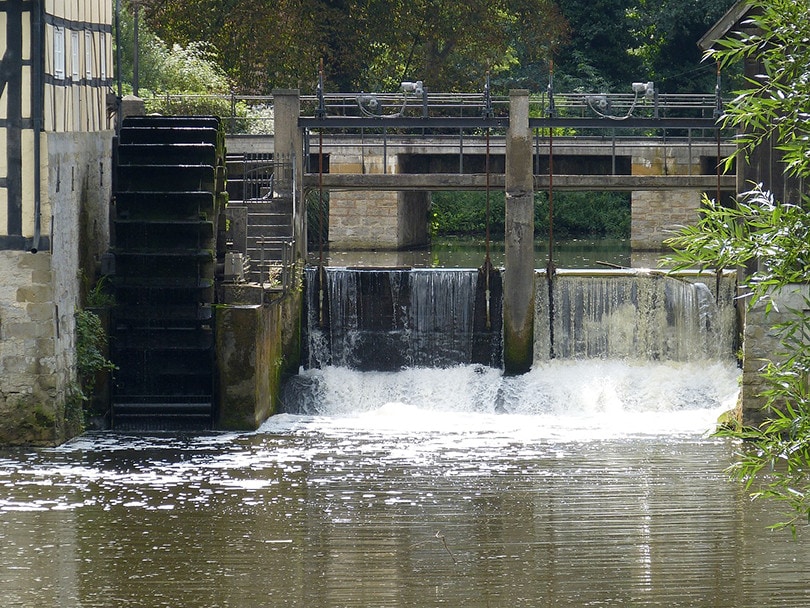
What are the most common uses of renewable energy?
Renewable energy (also called alternative energy or clean energy) is any natural source of energy that is replenished faster than it is consumed by humans. They include sunlight, wind, waves, tides, rivers, and geothermal. This energy can be harnessed for practical uses.
Renewable energy is used in four crucial areas. They comprise generating electricity, transportation, air and water heating or cooling, and rural energy services.
The good thing is that renewable energy resources exist in many regions globally. Non-renewable sources of energy are concentrated in a few countries.
(EPA)
How do renewable sources compare to non-renewables?
Renewable sources will never run out. Nuclear energy and fossil fuels are non-renewable resources, so they’ll run out eventually.
Non-renewable sources of energy pollute the environment. They emit greenhouse gases when they burn fossil fuels, which leads to climate change and global warming. It’s damaging to people’s health. Renewable energy sources do not produce any pollutants.
(INSPIRE CLEAN ENERGY)
Different Types of Renewable Energy
Most people think of renewable energy like windmills, solar panels, and other products around us. While they make up the bulk of renewable energy, there are many more types of energy that are also renewable.
Hydroelectric Power
Hydroelectric power is the largest renewable energy source globally. It’s generated when the flow of water runs through turbines and generates electricity.
Wind energy is another popular form of renewable energy. As you might imagine, wind energy is produced by harnessing the power of the wind and converting it into electricity. Wind turbines were initially used as a source of mechanical power to grind grain or perform other tasks. But recently, they have been installed to generate electricity.
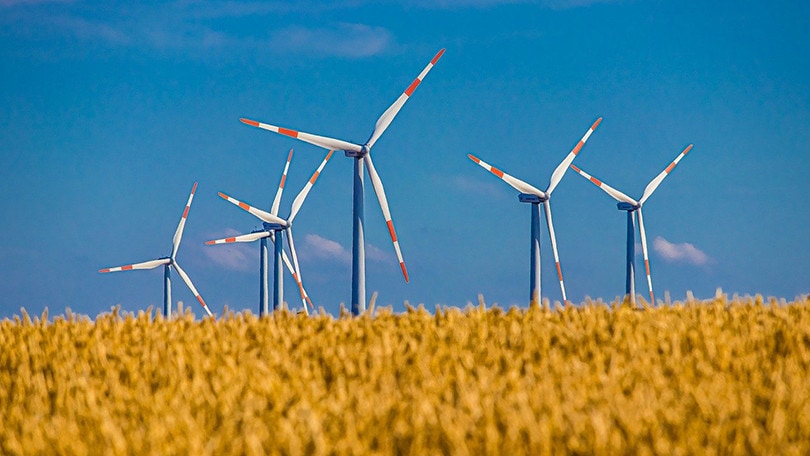
Tidal Power
Tidal power is another form of alternative energy, which was considered impractical due to the cost needed to develop it. But it has been gaining popularity as research and development have progressed in this area. This form of alternative energy utilizes tidal currents to harness energy for electricity generation and other purposes.
Solar Power
The sun is another form of renewable energy that you can use to generate electricity. Solar panels are essential for converting solar energy into electricity. They absorb heat from the sun. These panels come in various sizes and shapes, depending on their intended use.
Geothermal
Another popular alternative energy source is geothermal energy. This type of renewable resource comes from within the earth. It’s harnessed for electrical generation purposes. Geothermal power plants also use steam turbines similar to hydroelectric turbine generators for producing electrical power from water resources.
Wave Power
Wave power is generated by harvesting the kinetic force created through the motion of waves in the ocean. This type of power is helpful in places where other methods of producing electricity are not available.
Biomass
Organic materials derived from living or recently living organisms can be used to generate electricity. Common forms include wood, wood waste products such as bark dust and wood chips, municipal solid waste, and sewage sludge. Biomass can be burned directly for energy production or converted into other helpful energy forms such as biofuel or heat.
Related Read:
Conclusion
Green energy is a fast-growing industry globally. If we harness this technology and use it wisely, we’ll have done so much to save our planet from environmental destruction.
These sources of energy are very crucial. There’s no turning back at this point. So, keep a positive attitude and explore the potential.
For example, you can use renewable sources of energy to travel or power your household. You might even choose to sell solar panels in your area if you see the great growth potential.
Whatever you decide to do, keep pushing forward towards renewable energy! We hope that you’re inspired to live a greener, more eco-friendly lifestyle following this insight.
Featured Image Credit: Steppinstars, Pixabay
Contents



